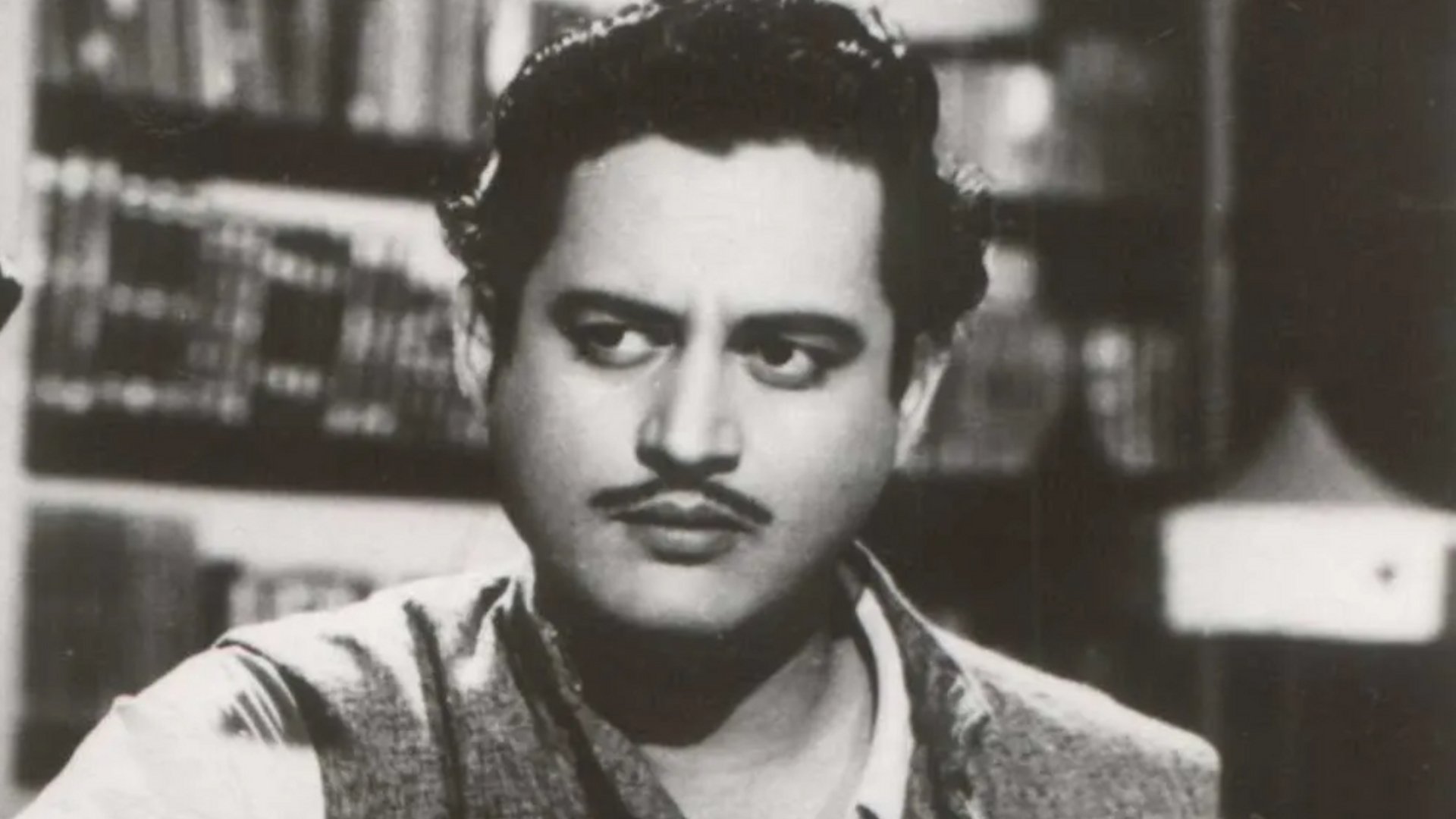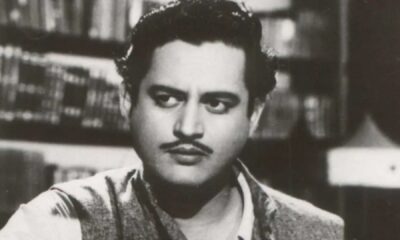Lifestyle
Celebrating 100 Years of Guru Dutt: A Cinematic Legend

In July 2025, Indian cinema will commemorate the centenary of the birth of Vasanth Kumar Shivashankar Padukone, known to the world as Guru Dutt. His influential career, spanning the late 1940s to the mid-1960s, revolutionized Indian film by introducing a unique language of emotion characterized by chiaroscuro, melody, and a poignant reflection of societal struggles. Dutt’s work left an indelible mark on the industry, blending popular cinema with profound lyrical depth.
Born on July 9, 1925, in Bangalore, Dutt’s journey took him from a childhood spent in Calcutta and Bombay to training at Uday Shankar’s Almora Institute. His background in dance informed his cinematic style, enabling him to craft visually arresting narratives. After initially serving as a choreographer and assistant, Dutt directed his first film, Baazi, in 1951, which marked the beginning of a remarkable creative journey.
Innovative Legacy and Timeless Films
The films that followed, including Aar-Par, Mr. & Mrs. ’55, Pyaasa (1957), and Kaagaz Ke Phool (1959), showcased a seamless integration of elegance and empathy. In Pyaasa, Dutt portrayed the plight of a poet betrayed by a consumerist society, while in Kaagaz Ke Phool, he captured the haunting essence of nostalgia through innovative camera work and lighting. His approach to cinema was characterized by a profound understanding of visual storytelling, where every frame resonated with emotional weight.
Dutt collaborated with legendary figures such as cinematographer V.K. Murthy and music composer S.D. Burman, whose contributions elevated his films’ artistic value. He also introduced actress Waheeda Rehman to Hindi cinema, ensuring that the roles of his heroines were substantial and impactful, exemplified by Rehman’s character in Pyaasa.
His films not only entertained but also reflected the cultural and social tensions of their time, bridging the gap between tradition and modernity. Mr. & Mrs. ’55 critiqued societal norms, while Sahib Bibi Aur Ghulam poignantly explored the sacrifices endured by women in a changing world.
A Personal Connection and Lasting Influence
While Dutt passed away on October 10, 1964, at the young age of 39, his legacy continues to resonate. For many, including those who grew up with his films, the connection is deeply personal. Personal anecdotes shared during family gatherings often evoke memories of his work, highlighting the communal appreciation for his artistry.
Through my experience at India Book House, where I edited Amar Chitra Katha and Tinkle, I encountered Atmaram Padukone, Dutt’s younger brother. Conversations with him brought Dutt’s creative process to life, revealing the behind-the-scenes intricacies that shaped his films. These insights painted a vivid picture of Dutt not only as a filmmaker but also as a cherished family member.
The connections extend to the cinematic community, with figures like Nira Benegal, wife of filmmaker Shyam Benegal, sharing stories about Dutt’s influence on their careers. Benegal, who is related to Dutt, recalls how Dutt’s advice guided him away from being an assistant and towards a path of creative independence, leading to his own significant contributions to Indian parallel cinema.
As Dutt’s centenary approaches, the relevance of his work remains striking. His films serve as a reminder that popular cinema can transcend mere entertainment to explore deeper emotional truths. They demonstrate the power of cinema to convey sentiment amid a landscape often dominated by spectacle.
The enduring appeal of Dutt’s songs, such as “Jaane Woh Kaise Log The” and “Waqt Ne Kiya Kya Haseen Sitam,” showcases his ability to blend lyrical beauty with visual artistry, ensuring that his influence will continue to inspire future generations of filmmakers.
One hundred years later, the light that Guru Dutt aimed through the film studio rafters still travels, illuminating the complexities of human emotion. His artistry challenges modern filmmakers to embrace sincerity and depth, proving that a close-up can convey both commerce and confession. As cinema continues to evolve, Guru Dutt remains a vital bridge between the realism of Satyajit Ray and the vibrant world of Mumbai musicals, demonstrating that authenticity, craft, and courage can coexist harmoniously on screen.
-

 World1 week ago
World1 week agoPrivate Funeral Held for Dean Field and His Three Children
-

 Top Stories2 weeks ago
Top Stories2 weeks agoFuneral Planned for Field Siblings After Tragic House Fire
-

 Sports3 months ago
Sports3 months agoNetball New Zealand Stands Down Dame Noeline Taurua for Series
-

 Entertainment3 months ago
Entertainment3 months agoTributes Pour In for Lachlan Rofe, Reality Star, Dead at 47
-

 Entertainment2 months ago
Entertainment2 months agoNew ‘Maverick’ Chaser Joins Beat the Chasers Season Finale
-

 Sports3 months ago
Sports3 months agoSilver Ferns Legend Laura Langman Criticizes Team’s Attitude
-

 Sports4 weeks ago
Sports4 weeks agoEli Katoa Rushed to Hospital After Sideline Incident During Match
-

 World2 weeks ago
World2 weeks agoInvestigation Underway in Tragic Sanson House Fire Involving Family
-

 Politics2 months ago
Politics2 months agoNetball NZ Calls for Respect Amid Dame Taurua’s Standoff
-

 Top Stories2 weeks ago
Top Stories2 weeks agoShock and Grief Follow Tragic Family Deaths in New Zealand
-

 Entertainment3 months ago
Entertainment3 months agoKhloe Kardashian Embraces Innovative Stem Cell Therapy in Mexico
-

 World4 months ago
World4 months agoPolice Arrest Multiple Individuals During Funeral for Zain Taikato-Fox











